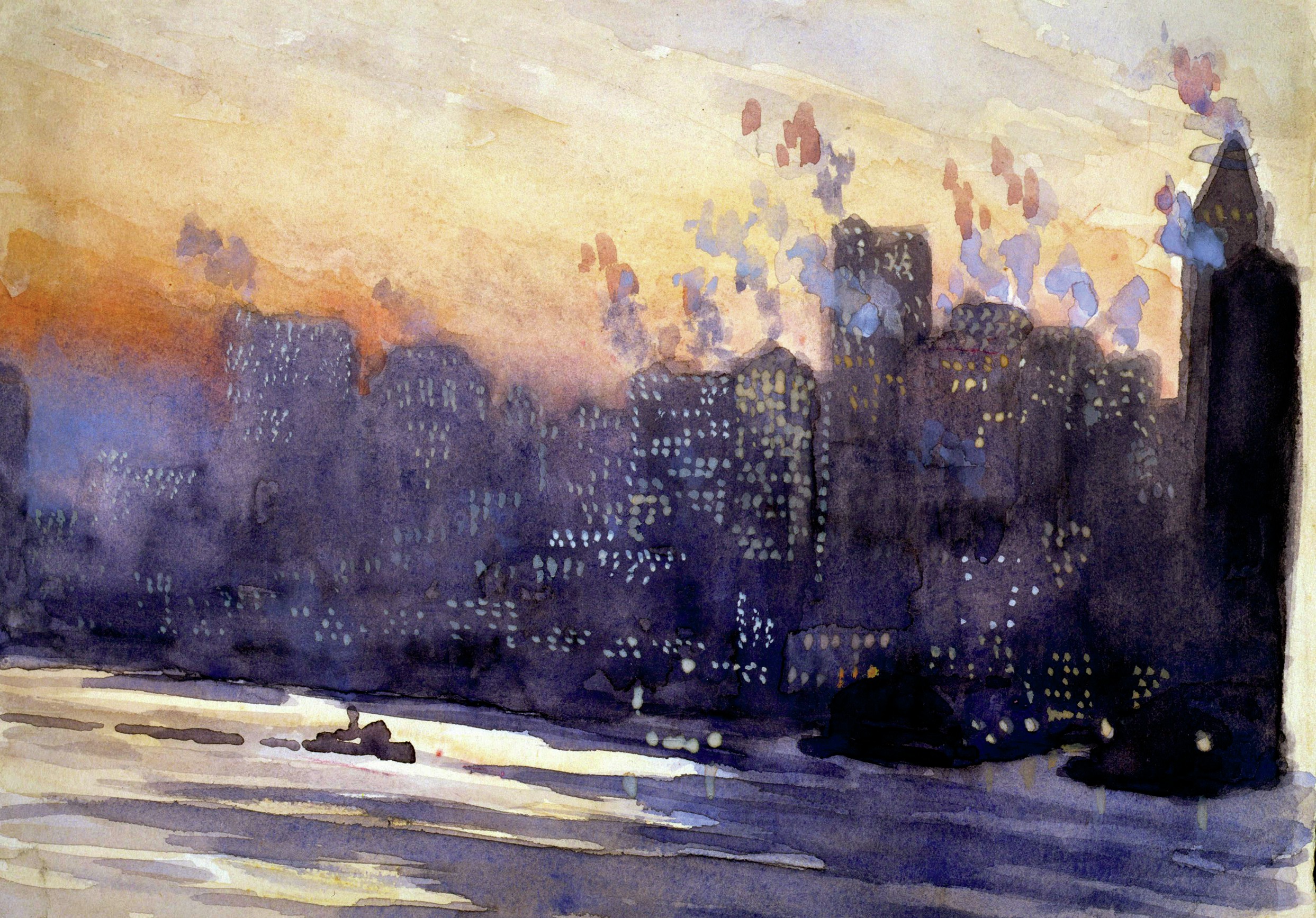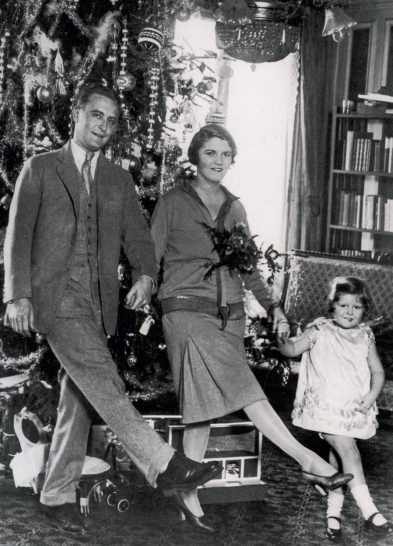
How do you write the biography of the world’s most famous city? Today, so the story goes, Manhattan property prices are so eye-watering that its residents are either very rich or very poor: the former live in splendour, the latter on the streets. As Sam Roberts notes in The New York Times, Manhattan is ‘an island of extremes’ with the income of the top 5% of households a staggering 88 times greater than that of the bottom 20% — ‘the biggest dollar income gap’ in modern America (Roberts 2014). For Michael Woolf, New York is ‘a tale of two cities’, with Manhattan ‘almost exclusively the borough of sleaze balls [and] the more remote parts of the city the holdouts of earnest, truer folk’ (Woolf 2013).
Woolf’s glancing reference to one of Charles Dickens’ great novels points to a significant link between Dickens’ portrayal of Victorian London and John Dos Passos’ investigation of ‘melting pot’ early twentieth-century New York. Just as the symbiotic relationship between Dickens and London can hardly be overstated, in Manhattan Transfer no character matters more to Dos Passos than New York itself, with its hustle and bustle, glamour and grit.
Your organisation does not have access to this article.
Sign up today to give your students the edge they need to achieve their best grades with subject expertise
Subscribe




